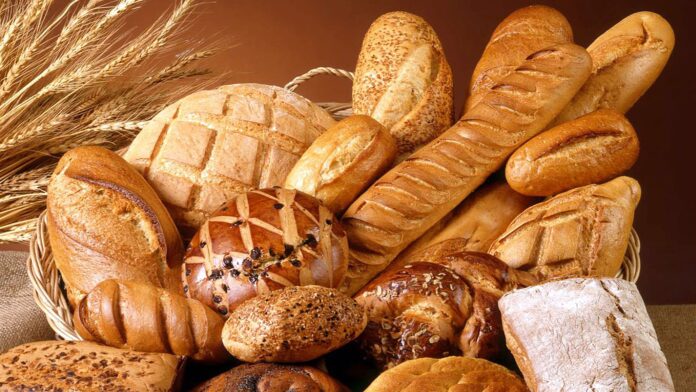If you’ve ever traveled to Europe and experienced the delight of freshly baked bread, you may have noticed something different compared to the bread you find in the United States. The secret lies in the wheat itself and the way it’s processed. Let’s uncover the truth behind this disparity.
In the early 20th century, the United States faced a significant challenge: widespread malnutrition and starvation. To address this issue, agricultural scientists and policymakers sought to increase wheat yields and make bread more affordable for the population. They focused on developing wheat varieties that were high-yielding and disease-resistant, leading to the adoption of modern wheat varieties.
Modern wheat varieties, including those commonly grown in the U.S., have been bred to contain higher amounts of gluten. Gluten is a protein that provides elasticity and structure to bread, making it rise and hold its shape. By increasing gluten content, bakers were able to produce more bread with improved volume and texture.
However, the higher gluten content in modern wheat varieties has also been associated with increased cases of gluten sensitivity and celiac disease in recent years. Gluten-related disorders have led to a growing interest in alternative grains and gluten-free diets.
In contrast, European countries have generally retained older wheat varieties and traditional bread-making practices. These heritage wheat varieties often have lower yields but higher protein content, resulting in bread with distinct texture and flavor profiles.
While the evolution of bread in the United States was driven by the need to combat starvation and improve food security, it’s essential to acknowledge the potential health implications associated with high gluten consumption.
As our understanding of nutrition and dietary needs continues to evolve, it’s crucial to have a balanced perspective on bread and its variations across different regions. Whether you enjoy the lighter bread in the U.S. or the heartier European loaves, the diverse world of bread offers a range of flavors and textures to be explored and appreciated.






